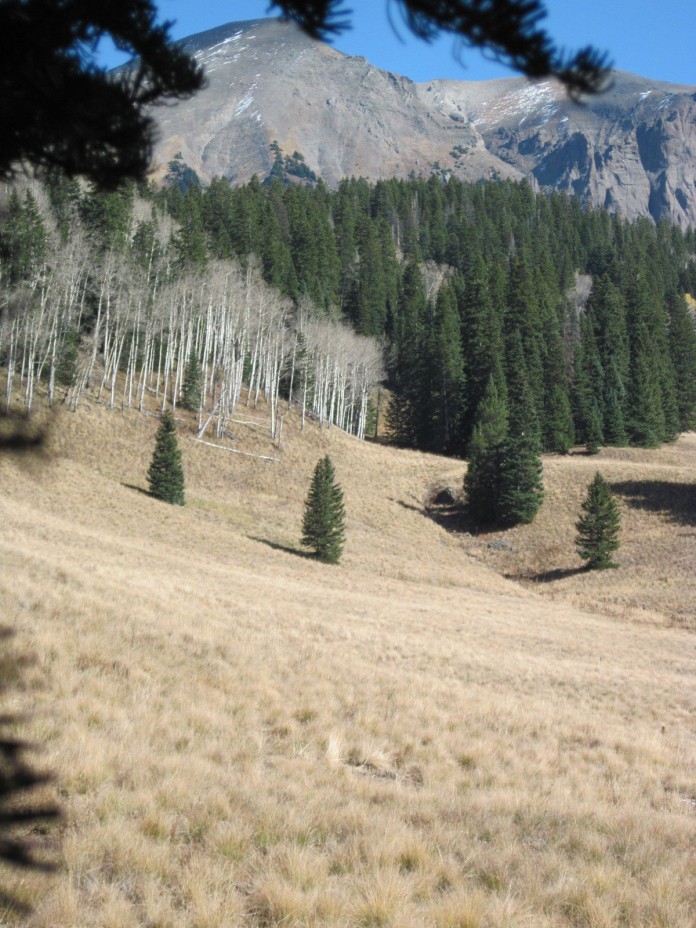
I get an armload of questions about long distance big game hunts; namely hunting trips for elk, antelope and bear. Most questions concern the choice between outfitted and guided hunts.
I was recently part of a four-man group that hunted elk in the rugged southern Rockies of southwestern Colorado. We used an outfitter based on the fringe of a rugged wilderness area.
The hunt was essentially a do-it-yourself hunt on public land, but in an area so remote that horseback travel or miles of up and down hiking was required to get in, and more importantly, to get out a week later.
Our chosen outfitter promised reliable horseback and mule powered travel to and from a pre-set tent camp equipped with a camp stove, lantern, wood stove and a week of solitude.
He delivered
He delivered exactly what he said he would at a set fee of $1,500 per hunter. That’s a fair price that put us in remote and prime elk country in a reasonably dry tent. The drop camp arrangement, like most outfitted but ‘on your own’ trips requires a four person booking or at least the cost of four persons.
In short, his camps are set up for a full group and even if less than four hunters book it, he expects to be paid for a full house.
The described hunt is called a drop camp. Hunters are expected to not only hunt on their own but to be competent in field care of downed game. It also pays to be prepared for all kinds of weather, tough terrain and the unexpected. We saw plenty of elk, scored a 50 percent kill rate, and had a great time.
It is important before booking an outfitted trip to contact references, speak directly with the outfitter, and to do additional homework such as hunter success rates for the area, obtain maps, cost of license and more.
Keep in mind references supplied by the outfitter are going to be positive and not very critical. Prospective hunters should ask references to describe the camps, equipment, horses and terrain.
Ask a lot of questions about the accommodations because a week in a leaky tent with a cook stove and lantern that don’t work can be a long week. Be sure too, to ask about the game seen and if there are more hunters using the same area.
Another group
The same week we were at our drop camp, another group of three friends spent the elk season on a guided hunt in western Colorado.
They drove to their base camp then rode out each morning on horseback to a hunting area.
A guide accompanied each pair of hunters. The guide sought out elk and attracted bulls into shooting range elk by calling then instructed hunters on shot placement.
Meals were prepared by a camp cook and shared in a large group tent with other hunters in for the week.
Their sleeping tent stove was kept fired and stocked by camp helpers and field care for downed elk was taken care of by their guides.
They were required to bring a sleeping bag, personal gear, rifle and nothing else. This group, also from northeast Ohio, reported a 100 percent success rate and had no complaints.
Fully guided elk hunts cost between $3,500 and $10,000 per hunter and offer additional comforts.
Like outfitted hunts, they should not be booked without doing the homework, checking references and keeping track of the checkbook.
Be cautious
Neither outfitted DIY or guided hunts promise success. If they do, be cautious. General kill rates for western elk hunts generally fall below 25 percent. Factors include elk numbers, weather, hunter skill and luck.
When budgeting for a western hunt, travel cost, non-resident license, transport of meat, tips and incidentals add to the price.
I’ll be happy to break that down or answer additional questions by e-mail or phone for interested readers.












